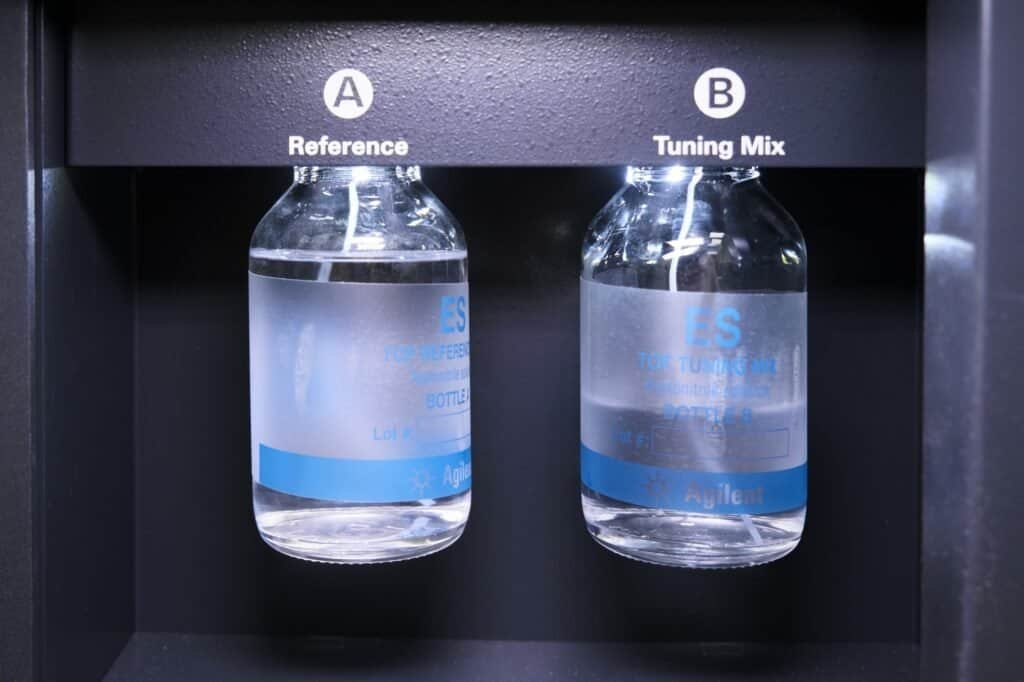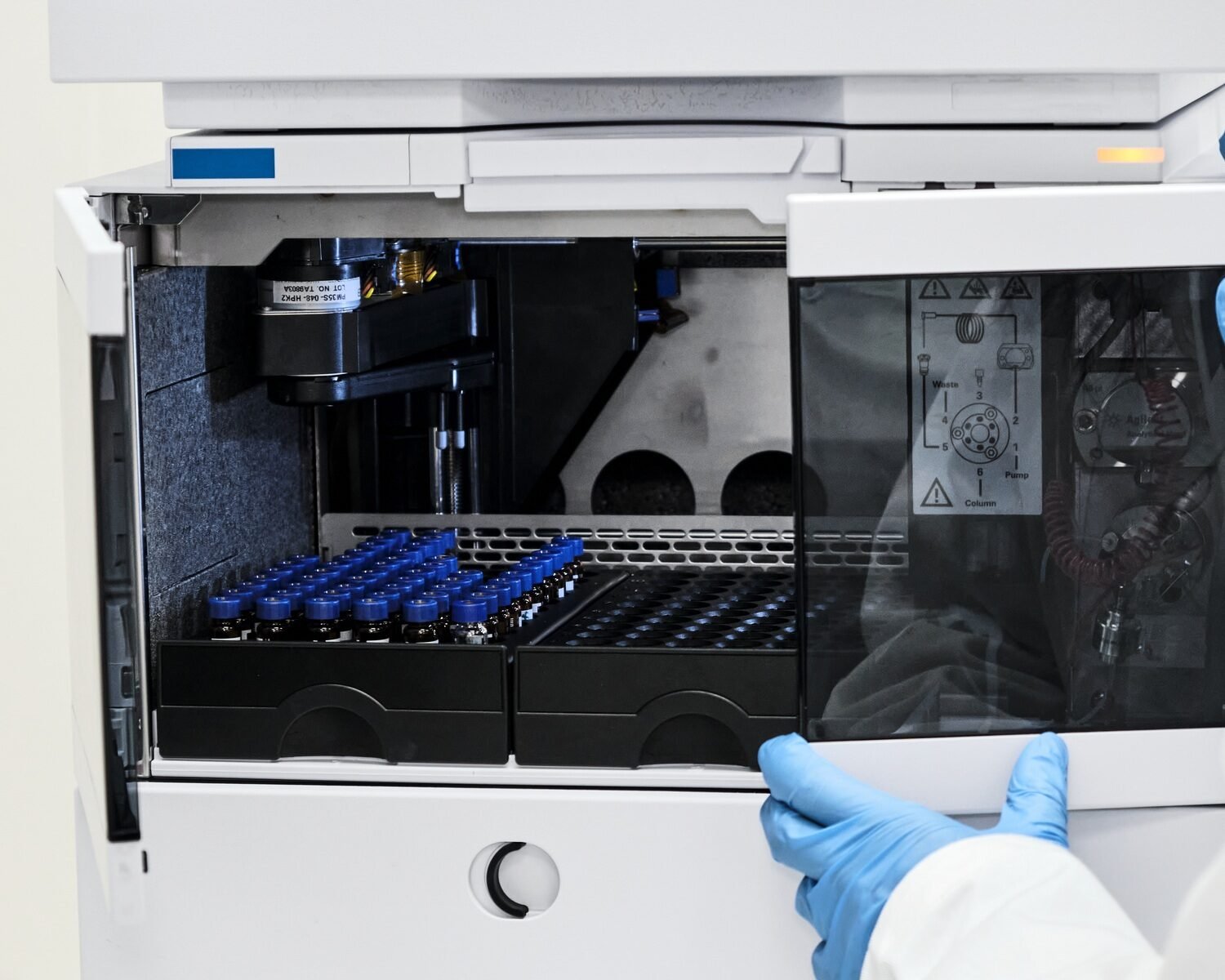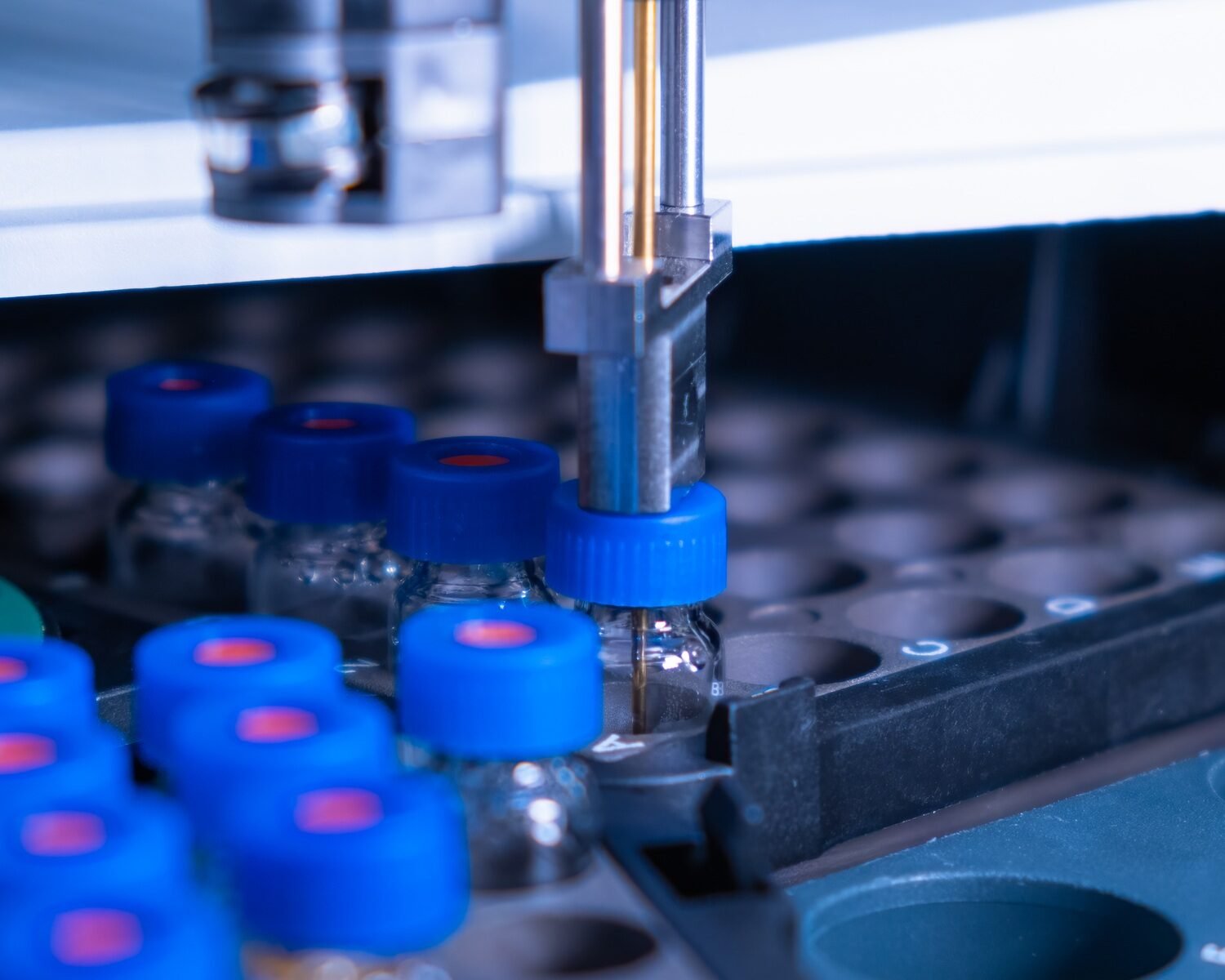When it comes to High-Performance Liquid Chromatography (HPLC), the detector plays a pivotal role in determining the success of an analysis. Without a proper detector, the entire process of separation becomes incomplete. Detectors help quantify analytes by converting chemical signals into readable data, making them indispensable for obtaining accurate results.
Choosing the right detector is crucial as it directly impacts the sensitivity, accuracy, and efficiency of the HPLC system. With various types of detectors available, each suited for specific applications, it can be overwhelming to decide which one fits best for your needs. In this article, we’ll explore the most common detectors used in HPLC, how to choose the right one based on your analyte, tips on maintenance and calibration, and the latest advances in detection technology. By the end, you’ll have a clear understanding of how to leverage HPLC detectors for your analytical needs.
1. Types of HPLC Detectors: UV-Vis, Fluorescence, RID, and More
Choosing an HPLC detector depends largely on the type of analysis and the specific characteristics of the analytes you’re working with. Below are some of the most common HPLC detectors:
UV-Vis Detectors
UV-Vis (Ultraviolet-Visible) detectors are the most widely used in HPLC due to their versatility and broad application range. They work by measuring the absorbance of UV or visible light at specific wavelengths.
- Applications: UV-Vis detectors are ideal for analyzing organic compounds, especially those that contain conjugated double bonds or aromatic rings, which absorb UV light effectively.
- Advantages: They’re cost-effective, easy to use, and offer a high level of sensitivity for most common analytes.
- Limitations: UV-Vis detectors are less sensitive to compounds that don’t absorb UV light, limiting their use with certain analytes like alkanes or small polar molecules.
Fluorescence Detectors
Fluorescence detectors offer high sensitivity by measuring the emission of light from a compound after it has been excited by UV or visible light.
- Applications: These detectors are best for analyzing compounds that naturally fluoresce (like some drugs, metabolites, and vitamins) or those that can be derivatized to become fluorescent.
- Advantages: They provide extremely low detection limits, making them perfect for trace analysis.
- Limitations: Fluorescence detectors require specific excitation and emission wavelengths, and not all compounds exhibit fluorescence.
Refractive Index Detectors (RID)
RID detectors measure changes in the refractive index of a solution as it flows through the detector.
- Applications: RID is commonly used for detecting compounds that lack UV absorbance, such as sugars, alcohols, and other non-UV active substances.
- Advantages: They can be used for a wide range of analytes and do not require derivatization.
- Limitations: RID detectors are less sensitive compared to UV or fluorescence detectors, and they can be affected by temperature and solvent variations.
Other Detectors
- Evaporative Light Scattering Detectors (ELSD): Used for detecting compounds that do not absorb UV light or fluoresce. Commonly used for lipids, oils, and polysaccharides.
- Mass Spectrometry (MS): Coupled with HPLC for detailed molecular analysis, MS is highly sensitive and allows for precise identification of compounds based on their mass-to-charge ratio.
Choosing the right detector is like selecting the right tool for a job. The choice depends on your sample’s properties and the sensitivity required for your analysis. What do you think would be the best detector for your current research? Have you used any of these detectors in your work?

2. Choosing the Right Detector for Specific Analytes
Selecting the right detector is essential for accurate and reliable results. Your choice will depend on the chemical nature of the analytes, the sensitivity needed, and the type of sample matrix you’re working with.
For UV Active Compounds: UV-Vis Detectors
UV-Vis detectors are the go-to choice for analyzing compounds that absorb in the UV range, such as many pharmaceuticals, food additives, and organic compounds. If your analyte has a conjugated structure, like aromatic rings or double bonds, UV-Vis detection will likely be effective.
For Trace Analysis: Fluorescence Detectors
If you’re working with extremely low concentrations of fluorescent compounds (think trace-level impurities or environmental samples), fluorescence detection is your best option. It provides exceptional sensitivity, often enabling the detection of compounds at picogram or even femtogram levels.
For Non-UV Active Compounds: RID or ELSD
If you’re working with compounds like sugars, alcohols, or lipids that don’t absorb UV light, a refractive index detector (RID) or evaporative light scattering detector (ELSD) is often the best choice. These detectors can provide reliable detection for substances that are difficult to analyze with UV-Vis or fluorescence detectors.
For High Sensitivity and Molecular Structure Analysis: Mass Spectrometry
For ultimate sensitivity and molecular-level information, coupling HPLC with mass spectrometry (HPLC-MS) is an excellent choice. This combination allows for detailed qualitative and quantitative analysis, especially when you need to know the molecular mass or structural details of your analyte.
Choosing the right detector often depends on understanding both the limitations and strengths of each technology. Do you have a particular analyte in mind? What detector would you consider, based on its properties?
3. Maintenance and Calibration Tips for Detectors
To ensure that your HPLC system delivers accurate and reproducible results, regular maintenance and calibration of the detectors are essential.
Routine Maintenance
- Cleaning the Flow Cell: Over time, analytes can build up in the flow cell, leading to signal drift or poor sensitivity. Regularly cleaning the flow cell with an appropriate solvent can prevent this.
- Check for Leaks: Leaks in the detector system can lead to unstable baselines and unreliable results. Periodically inspect the tubing and connectors to prevent leaks.
Detector Calibration
- For UV-Vis Detectors: Calibration usually involves checking the absorbance at specific wavelengths, using known standards to ensure that the detector responds accurately.
- For Fluorescence Detectors: Calibration includes verifying the excitation and emission wavelengths and checking the detector’s sensitivity at different concentration levels.
- For RID: Calibration is performed using standard solutions with known refractive indices to establish baseline measurements.
Detector Performance Checks
- Baseline Stability: Ensure that your baseline remains stable over time. If there’s significant drift or noise, it could indicate a need for maintenance.
- Detector Sensitivity: Regularly check the sensitivity of the detector by running known standards. A decrease in sensitivity could indicate that the detector needs recalibration or maintenance.
Maintaining your detector isn’t just about fixing issues—it’s about keeping the entire HPLC system in optimal working order. How do you approach maintenance in your lab? Have you noticed that calibration can make a huge difference in data quality?

4. Advances in Detection Technology: Sensitivity and Accuracy Improvement
Recent advancements in HPLC detection technologies have focused on improving sensitivity, accuracy, and the range of detectable analytes.
Enhanced Sensitivity
- Smaller Flow Cells: The development of smaller, more efficient flow cells has led to increased sensitivity in UV-Vis and fluorescence detectors. These smaller cells reduce the path length and enhance the interaction between the analyte and the light source, leading to better signal detection.
- Mass Spectrometry Advancements: Modern HPLC-MS systems feature better ionization techniques, resulting in increased sensitivity and lower detection limits.
Increased Selectivity
- High-Resolution Detectors: Advances in detector resolution allow for better separation of analytes that may have similar UV-Vis absorbance or fluorescence characteristics.
- Triple-Quadrupole MS: In mass spectrometry, the introduction of triple-quadrupole mass spectrometers has improved sensitivity and selectivity, making them ideal for quantitative analysis of complex samples.
Multi-Detection Systems
Some laboratories are now adopting multi-detection systems, which combine detectors like UV-Vis, fluorescence, and MS, allowing them to gather more detailed data from a single analysis.
These advances have made it possible to analyze even more complex samples with greater precision. Do you see these advancements benefiting your work in any way? The future of HPLC detection is exciting, and it will continue to push the limits of what’s possible.
5. Case Examples: How Detector Selection Impacts Analysis Outcomes
Let’s look at a few real-world examples where detector selection made all the difference in the analysis process.
Case 1: Impurity Testing in Pharmaceutical Development
A pharmaceutical company used a UV-Vis detector to monitor the purity of a new drug compound. However, when trace amounts of fluorescence-active impurities were discovered, the company switched to a fluorescence detector, which provided more sensitive detection of these impurities at lower concentrations.
Case 2: Environmental Monitoring of Pesticides
An environmental laboratory needed to measure pesticide levels in water samples. Initially, they used a UV-Vis detector but found that the analytes were not UV-active enough for accurate measurement. Switching to an ELSD allowed them to measure the pesticides effectively, even at low concentrations.
Case 3: Food Quality Control
A food manufacturing company used an RID detector to measure the sugar content in various food products. The detector was reliable and precise, but when they needed to analyze vitamins and other compounds, they added a fluorescence detector to their system for more sensitive detection of these analytes.
These examples show how the right detector can improve analytical performance and lead to more accurate results. Have you faced a situation where choosing the wrong detector affected your results? How did you resolve it?
Conclusion: How Detectors Enhance Chromatographic Precision
HPLC detectors are critical for achieving precise and reliable analysis. Understanding the different types of detectors—UV-Vis, fluorescence, RID, and more—enables you to select the best option for your specific application. Regular maintenance and calibration ensure that detectors perform at their best, while advances in detection technology continue to push the boundaries of sensitivity and accuracy.
With the right detector, you can enhance the precision of your chromatography and achieve the reliable results needed for your research or quality control. The careful selection of the detector will ultimately lead to more accurate and efficient analyses, no matter the complexity of your samples.
FAQs
1. What is the most common HPLC detector?
The UV-Vis detector is the most commonly used due to its versatility and ability to detect a wide range of compounds.
2. How does fluorescence detection improve sensitivity?
Fluorescence detection provides much higher sensitivity than UV-Vis, allowing for the detection of trace amounts of compounds.
3. Why is maintenance important for HPLC detectors?
Proper maintenance ensures that the detector continues to provide accurate readings and prevents issues like baseline drift or poor sensitivity.
4. Can I use multiple detectors in one HPLC system?
Yes, multi-detection systems are becoming more common and can provide more comprehensive data from a single analysis.
5. What’s the future of HPLC detection technology?
Advances in detector sensitivity, selectivity, and multi-detection systems are likely to provide more powerful analytical capabilities in the future.











